Butternut Squash - A classic fall favorite
Butternut squash is a type of winter squash native to the Americas. Technically a fruit, it has long been utilized as a source of vegan protein by Indigenous populations when also paired with corn and beans. Together, the three are referred to as "The Three Sisters" and are a common sight in autumn. Butternut squash makes a great addition to many sweet and savory dishes. It is a potent source of vitamin A and other nutrients.
Seasonality
The peak season for butternut squash is grown in the summer and harvested in the fall.
Storing
Squash are amongst the longest-keeping vegetables. In a cool (not refrigerator-cold), dry, well-ventilated place they can keep for three months or more. At room temperature, or in the fridge, they will deteriorate more quickly but should be fine for at least a couple of weeks. If storing cooked keep in an air tight container in the fridge.
Cooking Tips :
The hard rind, dense flesh, and awkward shape mean that butternut squash requires careful cutting. Use a large knife or cleaver to make a shallow cut down the length of the squash (curves permitting). Place the blade in the cut and knock the back of the blade (using your hand, a wooden mallet or rolling pin) until the squash is cut in half lengthways. Scoop out the seeds and any fibrous strings (the seeds are edible - raw or toasted - but the fibrous coat can be fiddly to remove). If you require chunks of squash, cut a small piece of each end, enabling you to stand it vertically and trim off the rind before slicing and dicing.
Squash should be cooked until tender. Baking a halved butternut squash is an excellent way of preserving and intensifying its flavors. Cubes can also be added to casseroles or curries. Boiling is quicker than baking but will result in some sugars being absorbed into the water and so is best used for dishes (such as soups) where the flavored water forms part of the dish rather than being discarded.
Nutrition
Butternut Squash is high in alpha- and beta-carotene, both of which are forms of vitamin A that support eye, skin, and immune system health. They also contain high levels of vitamin C. They are a wonderful source of nutrients especially n the winter and fall months.
Recipe Ideas
Kaddu (Sweet and Sour Butternut Squash) Recipe - NYT Cooking (nytimes.com)
Creamy Butternut Squash Pasta With Sage and Walnuts Recipe - NYT Cooking (nytimes.com)
Vegetarian Chili With Butternut Squash and Moroccan Spices Recipe - NYT Cooking (nytimes.com)
Butternut Squash and Sage Latkes Recipe - NYT Cooking (nytimes.com)
Source: Foodlink

